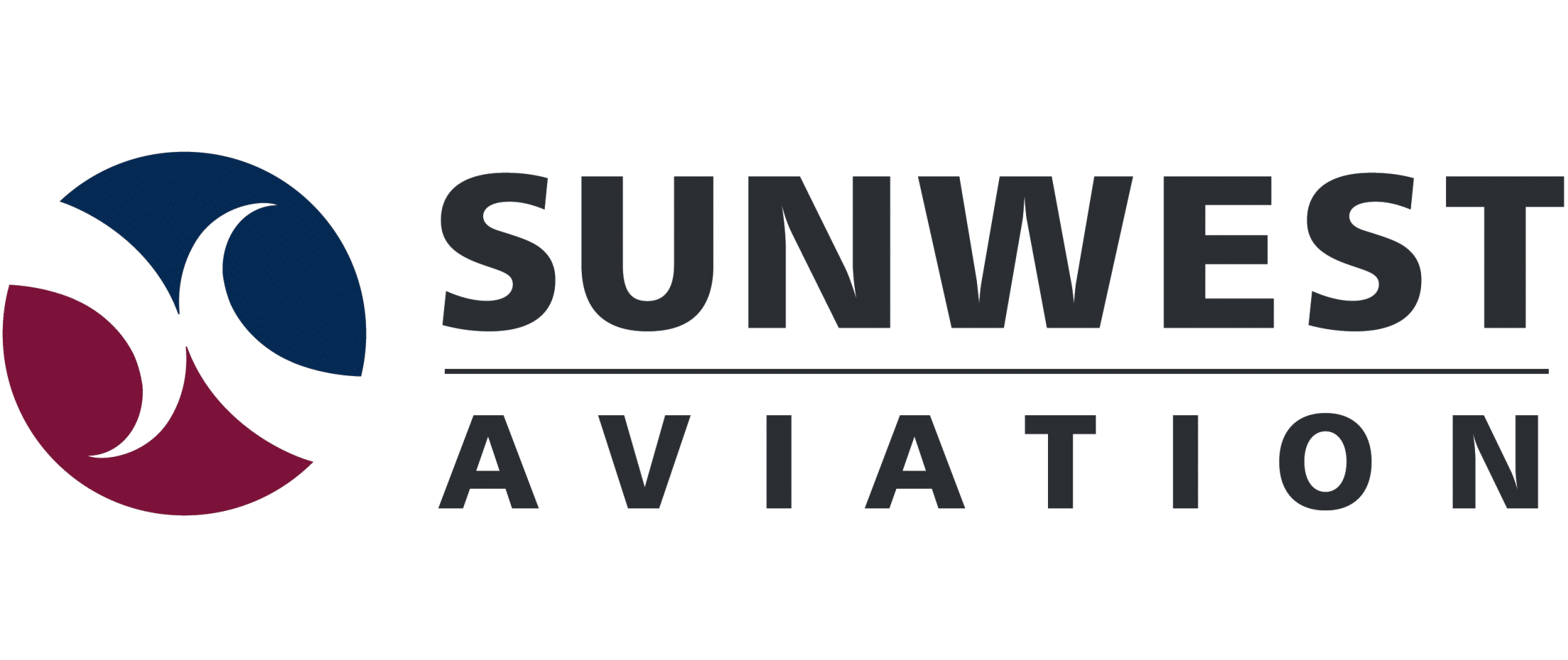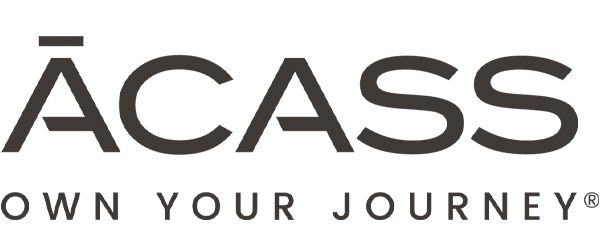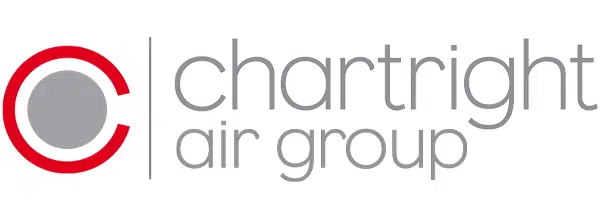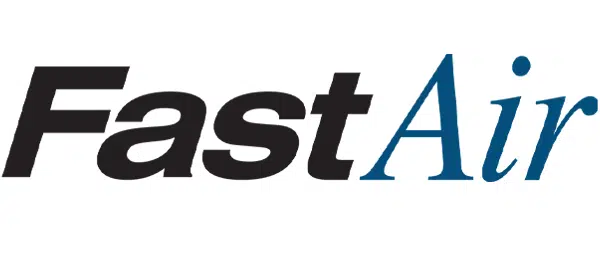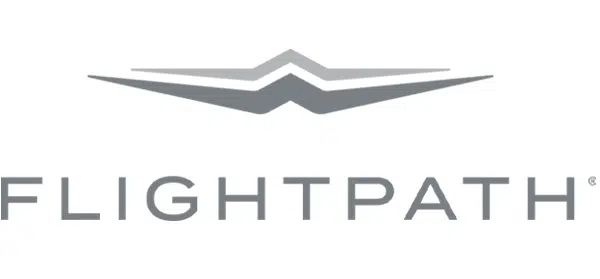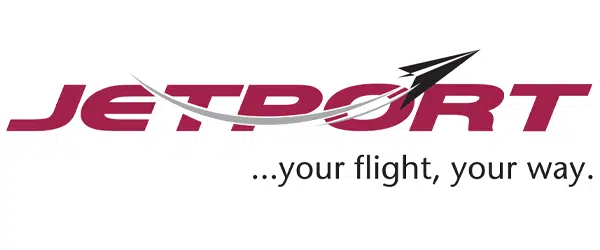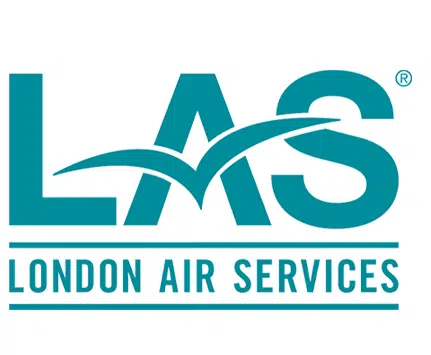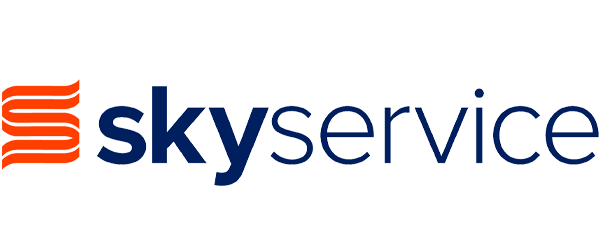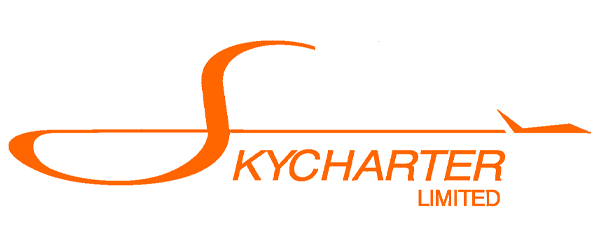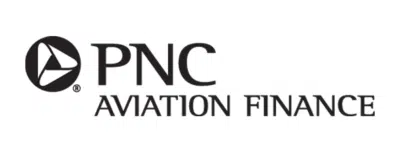Gulfstream G700 Article
COVID-19 Pandemic and Business Jets
Not all sectors of the aviation industry have suffered at the hands of the COVID-19 pandemic. Business jet ownership has become increasingly necessary as ever-changing government regulations, including restrictions on travel generally, have reduced the availability and ease of use of scheduled flights.
Gulfstream G700 Article, If anything, the pandemic has accelerated the demand for business jets. According to research and consulting company WINGX Advance, global business jet sectors were up 16% in 2022 compared to 2019 levels.1 In the United States, business jets now account for a quarter of all U.S. flights, roughly twice the pre-pandemic share.2 The reason for this is simple. Business leaders must ensure that the companies they’re responsible for continue to produce the goods and services that millions of people regularly rely upon, and business aircraft are one of the tools at their disposal to do this work more efficiently. Gulfstream G700 Article,
Gulfstream G700 Business Jet
Accordingly, there is a great deal of excitement towards new business aircraft entering the market, perhaps none more than for the new G700 aircraft, originally unveiled in 2019 and expected to be certified by the end of 2022. With its 31.39 meters wingspan and capacity to carry 19 passengers, this new business jet is Gulfstream flagship aircraft and is the largest yet, capable of competing with Bombardier’s Global 7500 which currently sits at the pinnacle of business aviation.3
New Software Validation Requirement
Until a couple of days ago, the G700 was on schedule to complete its new aircraft certification program by the end of 2022. Structural testing and flight tests – over 2,800 flights hours where the G700 performed impressively and set new speed records – had been completed, and engine certification was expected in the coming months.4
However, General Dynamics’ Chairman and CEO Phebe Novakovic recently told investors and analysts that the timeline to obtain type certification for the G700 could be delayed due to a new software validation requirement being imposed by the FAA.5 Essentially, this requires Gulfstream to perform a line-by-line validation of the G700’s software. According to Mrs. Novakovic, this process is time and resource intensive, and presents a significant impediment to finishing the certification plan on time.

Consequences of the New FAA Requirement
Gulfstream warned that G700 certification – planned for the fourth quarter of 2022 – could be delayed by 3 to 6 months due to the new FAA software validation requirements.6 Delayed certification might not only interrupt the start of G700 deliveries; it could also affect future Gulfstream projects. Completion of the software validation requirements is a prerequisite to Gulfstream moving forward with its G800 program, whose first flight was planned for the first quarter of 2023.
Connection with the Boeing 737 Max Accidents
The aircraft certification process has become increasingly rigorous following the Boeing 737 Max accidents in October 2018 and March 2019, when two separate crashes caused by a malfunctioning sensor within the flight control system – the Maneuvering Characteristics Augmentation System – killed 346 people.7 The U.S. House Committee on Transportation and Infrastructure released a scathing report on the 737 Max, and identified serious flaws in the design, development, and certification of the aircraft on the part of both Boeing and the FAA. This led Congress to pass legislation in November 2020 that reformed the FAA’s aircraft certification procedure.
Warning Signs
There were warning signs that the FAA would establish new software validation requirements as part of the aircraft certification process. Already in 2019, Gulfstream President Mark Burns had predicted that the process for certifying new aircraft would come under scrutiny following the Boeing 737 Max fatal crashes, and that the FAA might request more information during the G700 certification procedure. Mr. Burns said at the time: “I do think the FAA will take a different approach on software”.8 Admittedly, he did not expect any ‘unreasonable requests’, and believed the certification process would resemble the one conducted for the G600 in 2019.
Cautionary Tale
While in this case it was the G700 that was caught in the crosshairs of the 737 Max fallout, this should serve as a cautionary tale for the entire industry. In the wake of the Boeing Max debacle, there will likely be a higher level of scrutiny on new aircraft software not just within the United States, but globally as well. In order to meet in a timely manner the growing demands for business jets, aircraft manufacturers should stay ahead of the curve and incorporate thorough software validation in their new aircraft certification plans.
1 https://www.businessairportinternational.com/news/april-closes-with-another-double-digit-growth-in-bizjet-activity.html
2 https://www.reuters.com/business/aerospace-defense/new-jet-set-how-covid-driven-boom-private-jets-is-still-flying-high-2022-05-02/
3 https://www.prestigeonline.com/th/pursuits/tech/things-to-know-about-gulfstream-g700/;
https://robbreport.com/motors/aviation/gulfstream-g700-jet-1234642112/
4 https://www.aviationtoday.com/2022/05/02/gulfstream-adjusting-new-software-validation-certification-process-g700/
5 https://www.ainonline.com/aviation-news/business-aviation/2022-04-27/gulfstream-g700-caught-crosshairs-max-fallout
6 https://www.flightglobal.com/business-aviation/first-gulfstream-g700-delivery-could-be-six-months-late/148420.article
7 https://www.globalair.com/articles/Gulfstream-G700-certification-delayed-as-FAA-adds-requirements?Id=4529
8 https://www.reuters.com/article/us-aerospace-businessjets-idUSKBN1X12PE

- Negotiability of APU
- Navigating Spare Parts in Aircraft Purchase Agreements
- MSP Agreements in Aircraft Purchase Transactions









